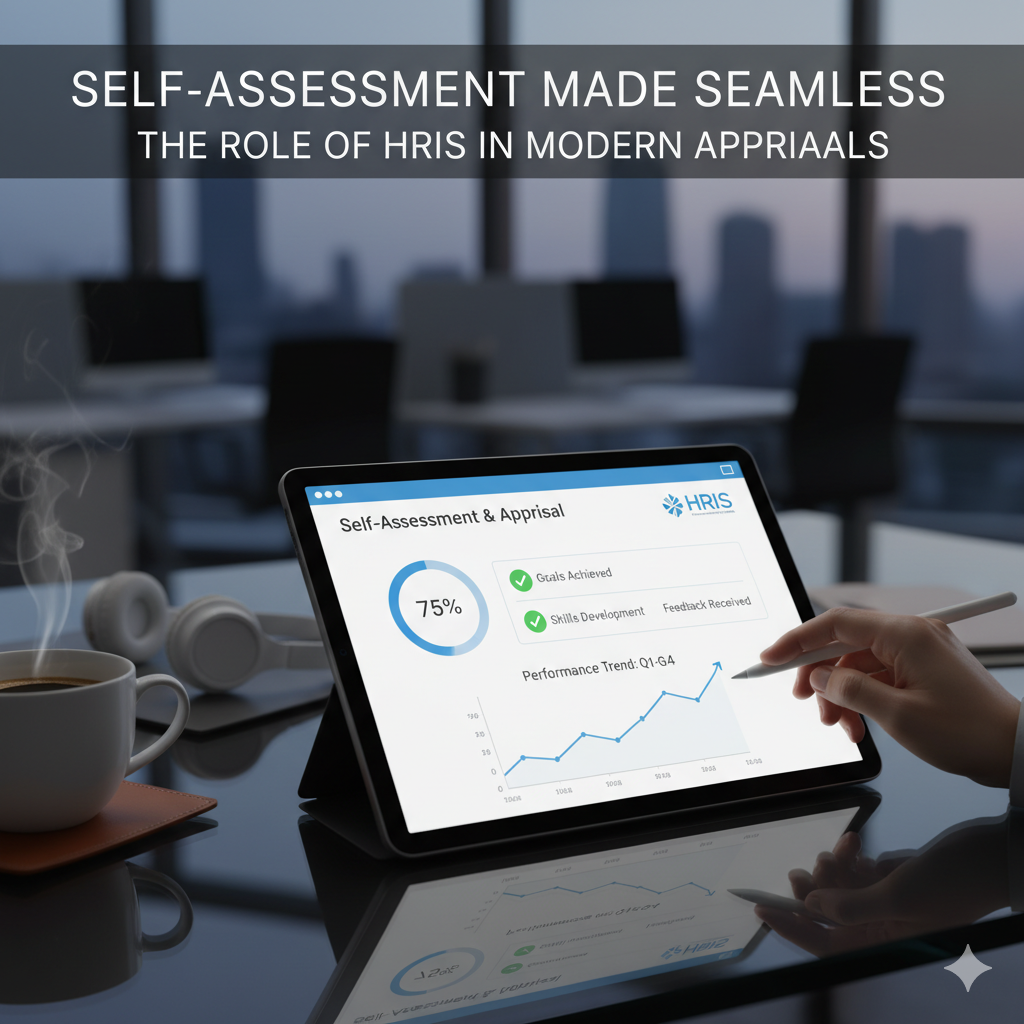Address
Kaypian, San Jose Del Monte City, Bulacan Philippines
Work Hours
Monday to Friday: 8AM - 6PM
Weekend: 10AM - 5PM
Address
Kaypian, San Jose Del Monte City, Bulacan Philippines
Work Hours
Monday to Friday: 8AM - 6PM
Weekend: 10AM - 5PM


Integrated HR. Accurate Payroll.


Integrated HR. Accurate Payroll.

In today’s fast-paced work environment, traditional performance reviews are no longer enough. Employees crave meaningful feedback, and organizations need agile tools to manage talent effectively. Enter HRIS (Human Resource Information System) — a game-changer in modern performance appraisal processes, especially when it comes to self-assessment.
Self-assessment is the process where employees evaluate their own performance, achievements, and areas for improvement. It fosters reflection, accountability, and engagement — key ingredients for a thriving workplace culture.
Modern HRIS platforms integrate self-assessment tools directly into performance workflows, making the process seamless and scalable.
Key Features of HRIS-Enabled Self-Assessments:
To maximize the impact of self-assessments, HR leaders should:
✅ Train employees on how to reflect constructively
✅ Keep forms concise and focused on measurable outcomes
✅ Encourage honesty and avoid punitive language
✅ Use results to spark meaningful conversations during review meetings
A mid-sized tech company implemented self-assessment via their HRIS platform. Within one quarter, they saw:
This transformation was driven by automation, transparency, and employee empowerment.
Self-assessment is no longer a “nice-to-have” — it’s a strategic necessity. With the right HRIS system, organizations can make self-evaluation seamless, insightful, and impactful. By embracing digital tools, HR teams unlock a more engaged, accountable, and high-performing workforce.